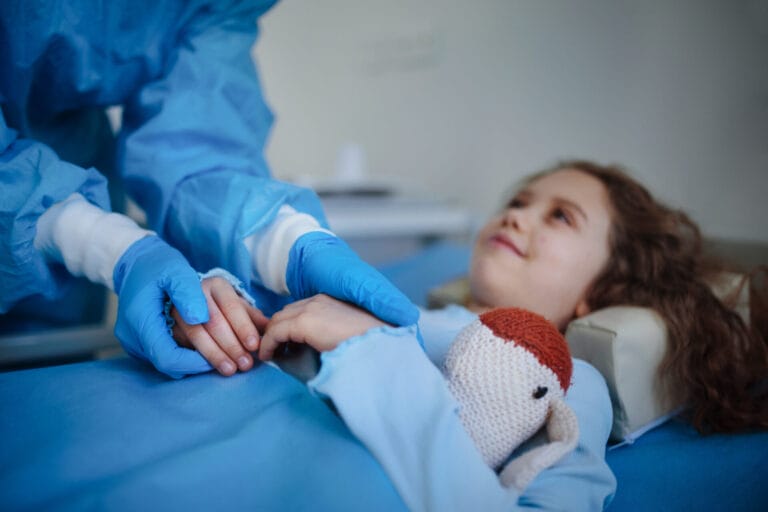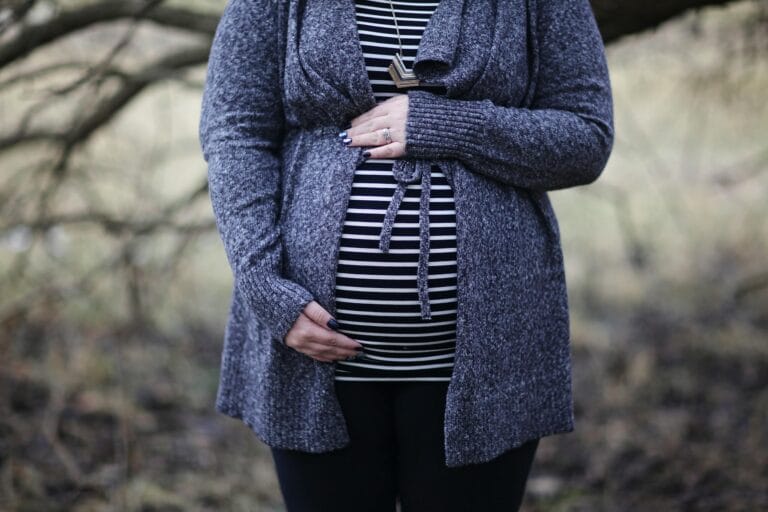Pediatric Chest Wall Deformities: When to Seek Surgery and What Families Can Expect
For many families, learning that their child has a chest wall deformity such as pectus excavatum or pectus carinatum is an emotional moment that leads to pressing questions about health, appearance, and the future. You may wonder whether your child needs surgery, what the right timing is, and how the journey will unfold. Understanding these conditions and knowing what to expect can bring clarity and reassurance at a time when your child’s well-being is your top concern.
Understanding Chest Wall Deformities in Children
Chest wall deformities incorporate a range of conditions in which the breastbone and ribs do not form a perfectly smooth and symmetrical chest shape. These differences can be present at birth but may become more noticeable during periods of rapid growth, especially in adolescence.
The most common chest wall deformity in children is pectus excavatum. In this condition, the breastbone (sternum) is sunken, sometimes deeply, giving the chest a caved-in or “funnel chest” appearance. This can be mild or, in more severe cases, affect heart and lung function.
A related but less prevalent condition is pectus carinatum, sometimes called “pigeon chest,” where the chest protrudes outward. While both conditions may prompt questions about your child’s health, appearance, or ability to participate in sports, they are rarely dangerous. However, the impact on breathing, endurance, posture, or self-esteem can be significant.
Deciding When Surgery Is Necessary
Choosing the right course of action depends on several factors, including the severity of the condition, symptoms, the child’s age, and family preferences. Not every child with pectus excavatum or carinatum will require an operation. Mild cases often need only observation.
However, surgery or bracing may be recommended if:
- The condition is moderate or severe, and visibly noticeable
- Your child experiences symptoms such as chest pain, difficulty with exercise, or shortness of breath
- There are signs of impact on the heart or lungs (such as findings on medical imaging or testing)
- The condition affects your child’s confidence, comfort with appearance, or social interactions, particularly as they enter their teenage years
A thorough pediatric surgical consultation in Los Angeles can offer guidance on the best approach for your child’s unique situation.
What Is the Best Age for Chest Wall Surgery?
Timing is critical for surgical intervention. For pectus excavatum, corrective surgery (most commonly the minimally invasive Nuss procedure) is generally considered between the ages of 11 and 16. This age range takes advantage of the natural flexibility in a growing chest wall and allows for optimal outcomes with less risk of recurrence.
Very young children are typically observed unless the condition causes significant issues. In older teenagers and young adults, surgery remains an option, but the chest wall becomes less pliable and correction can be more challenging. For pectus carinatum, non-surgical bracing is often successful in preadolescents and early adolescents, while older teens may require a surgical approach if bracing is ineffective.
In all scenarios, Dr. Frykman’s expertise in chest wall surgery for children in Thousand Oaks ensures a careful, individualized assessment that prioritizes both function and appearance.
Outcomes: What Can Families Expect?
When performed at the right time and by experienced pediatric surgeons, the outcomes for chest wall deformity correction are very positive. The Nuss procedure and related surgical approaches improve not only chest appearance but enhance exercise tolerance and overall quality of life. Children nearly universally report greater confidence in their appearance post-surgery.
Most children spend a few days in the hospital following surgery, with total recovery time ranging from three to six weeks before resuming full physical activity. Pain is managed proactively with a combination of medications and child-focused comfort strategies, and most children return to school and regular life within a month.
Practical Concerns: Costs, Insurance, and Support
It is natural to be concerned about the cost of surgery, particularly as families navigate insurance networks and pre-authorization processes. The cost of chest wall surgery can vary depending on your child’s needs, the chosen procedure, and your specific insurance coverage. Pacific Coast Pediatric Surgery participates in numerous insurance plans and works directly with families to clarify benefits and financial responsibilities, ensuring there are no surprises.
If you would like tailored information on insurance participation or detailed cost estimates, we encourage you to call our office directly for the most accurate guidance.
How We Support You from Consultation to Recovery
At Pacific Coast Pediatric Surgery, every step of your child’s journey is met with compassion, open communication, and state-of-the-art care. From the initial evaluation through surgery and the postoperative period, Dr. Frykman and his team are dedicated to treating your child as if they were their own. Our focus extends beyond surgical expertise to include empathetic family support, reducing stress and providing answers as questions arise.
Whether you are seeking initial advice, a second opinion, or ongoing care, you can be assured that your child’s well-being and comfort are our highest priorities.
Summary: Confidence and Compassion for Every Family
Pectus excavatum and pectus carinatum are the most common pediatric chest wall deformities, often causing concern but responding very well to appropriately timed intervention. Surgery is typically considered between ages 11 and 16 for optimal results, though every child’s situation is unique and deserves a careful, individualized evaluation.
With Dr. Frykman’s expertise in pediatric surgery in Los Angeles, and a steadfast commitment to compassionate care, you can move forward with confidence, knowing that your child is in skilled and caring hands. If your family has received a diagnosis or simply needs guidance, reach out to begin a conversation about restoring your child’s health, self-assurance, and quality of life.








